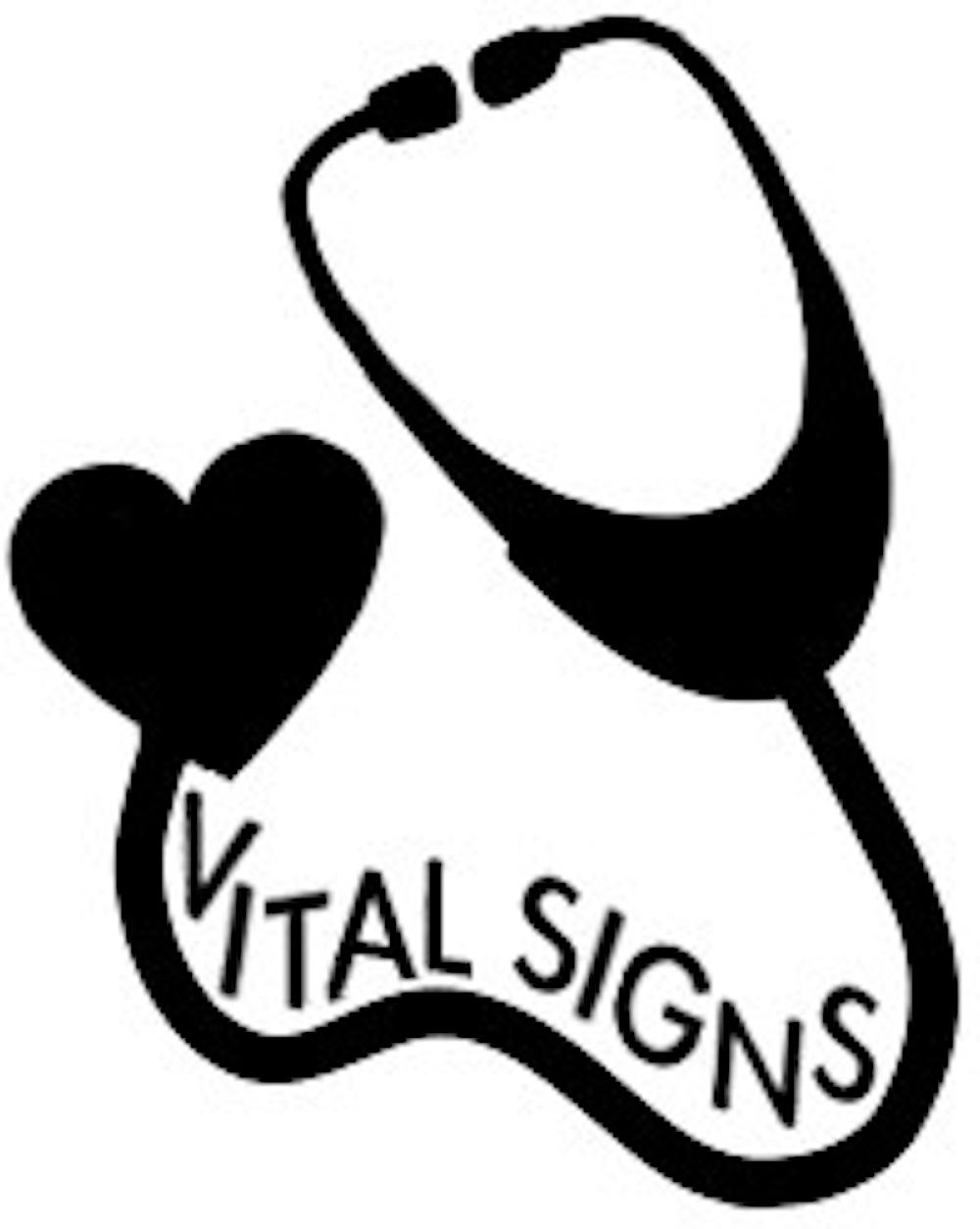By Anna Kellaher
Columnist
Binge drinking and eating disorders are both big issues among college students. When these two habits combine, students may suffer in what the University of Texas at Austin refers to as “drunkorexia —” the practice of restricting calories throughout the day in order to make room for calories from alcohol.
Studies show that 30 percent of women between the ages of 18 and 23 diet in order to drink alcohol, according to a study by The University of Texas at Austin.
According to The New York Times, as soon as alcohol enters your system, your body starts breaking it down, but some will immediately enter the bloodstream. When you eat before drinking, the food in your stomach slows the absorption process. When you eat on an empty stomach, alcohol is absorbed into the bloodstream faster, making you feel the effects more quickly. This can lead to a higher level of intoxication that inhibits judgement and increases risk of injury.
The body uses certain nutrients when it breaks down alcohol, but restricting calories limits the amount of nutrients available in the body. The combination of drinking and not eating enough can increases risk of nutritional deficiencies.
Other physical risks of drunkorexia include blackouts, alcohol poisoning and stomach irritation.
Make sure that you are keeping yourself healthy and safe by eating balanced meals throughout the day, especially when you are planning on drinking later. Finding a balance of healthy food and physical activity — not skipping meals — will help prevent weight gain associated with alcohol consumption.







